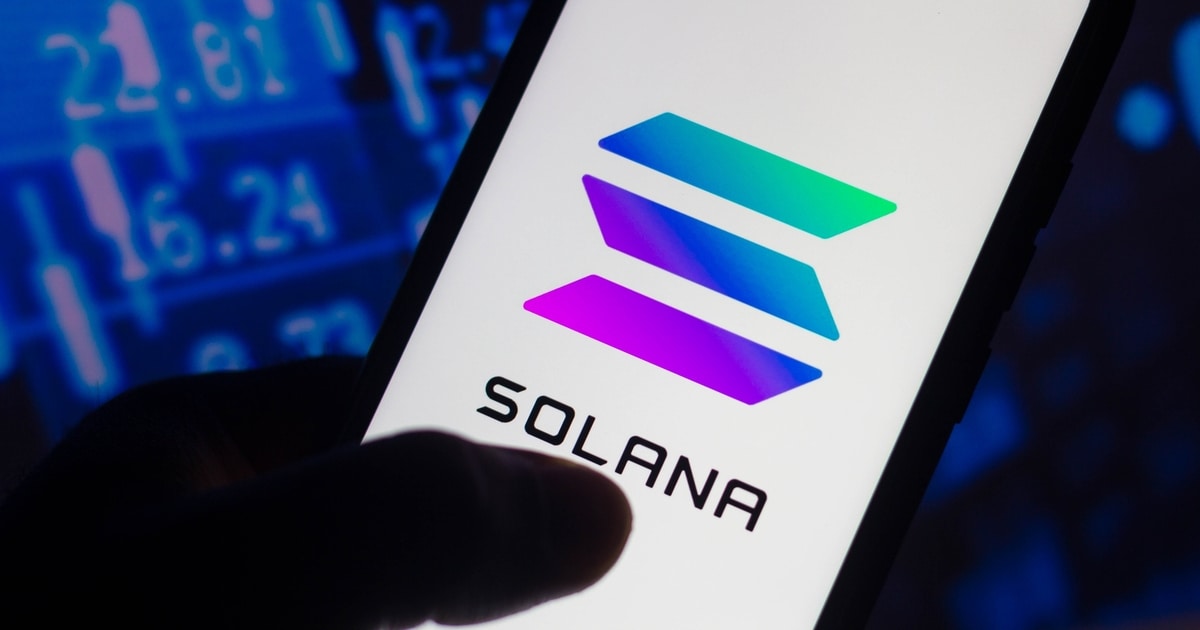Solana ($SOL) Mobile, a key player in the rapidly emerging web3 phone market, recently announced its second smartphone, ‘Chapter 2’. This launch is an important step in making web3 technology more accessible to more people.
Surpassing Saga’s Success
Solana Mobile’s first web3 phone, the Saga, initially struggled to gain traction in the market. Launched in mid-2023 with a price of $1,000, sales were poor until the strategic price was lowered to $599. This change, combined with a unique cryptocurrency rewards program, sparked a sudden surge in demand. Notable promotions included the dog-themed memecoin BONK, giving away 30 million BONK tokens to Saga holders, effectively giving them a free phone based on the token’s value at the time. As a result, Saga sold out quickly, with most of the sales occurring over just two days in December.
Chapter 2: A new chapter in accessibility
The newly announced Chapter 2 aims to build on Saga’s ultimate success, but at a more affordable price of $450. Over 30,000 pre-orders were placed in the first 30 hours after launch, meeting overwhelming demand and exceeding Saga’s first-year sales. This model retains key features of its predecessor, including being Android-based, built-in cryptocurrency wallet, Seed Vault, and dApp store. decentralized application. The phone is scheduled to be released in the first half of 2025.
Chapter 2 Appeal
Chapter 2’s strong pre-order performance highlights the growing interest in web3 technology and the Solana ecosystem. The device’s affordable price point is an important factor in its appeal, making advanced web3 features more accessible. Additionally, our commitment to ongoing app developer support and incentives reflects the successful strategy adopted by Saga.
Looking into the future
Solana Mobile’s success through Chapter 2 highlights the market’s readiness for more affordable and accessible web3 technologies. The company’s approach to encouraging ownership through cryptocurrency rewards has proven effective and will likely continue to shape its strategy. As the 2025 release date approaches, the technology community is eagerly anticipating the impact Chapter 2 will have on the widespread adoption of web3 technologies on mobile devices.
Image source: Shutterstock

